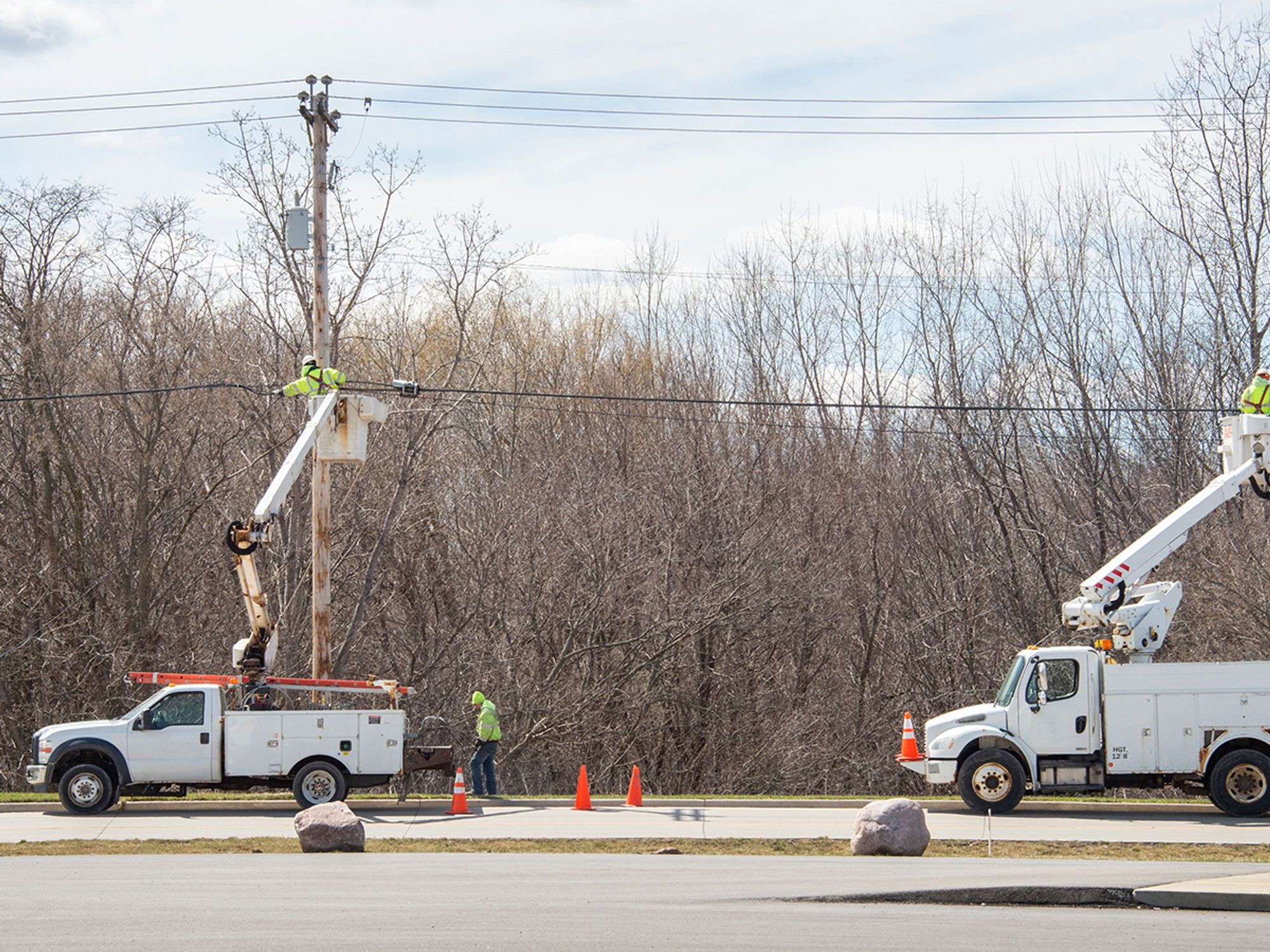Utility service vehicle HOS exemption

- Drivers of utility service vehicles are exempt from the HOS regulations if used in the repair, operation, or maintenance of utility infrastructure.
Drivers of utility service vehicles used in the repair, operation, or maintenance of utility infrastructure are exempt from the hours-of-service (HOS) regulations, including HOS limits, recordkeeping, and rest requirements.
The exemption is found in 395.1(n), with the definition found in 395.2:
A “utility service vehicle” is any commercial motor vehicle:
- Used in the furtherance of repairing, maintaining, or operating any structures or any other physical facilities necessary for the delivery of public utility services, including the furnishing of electric, gas, water, sanitary sewer, telephone, and television cable or community antenna service;
- While engaged in any activity necessarily related to the ultimate delivery of such public utility services to consumers, including travel or movement to, from, upon, or between activity sites (including occasional travel or movement outside the service area necessitated by any utility emergency as determined by the utility provider); and
- Except for any occasional emergency use, operated primarily within the service area of a utility’s subscribers or consumers, without regard to whether the vehicle is owned, leased, or rented by the utility.
If a trip or portion of a trip in a commercial motor vehicle (CMV) supports the construction of new facilities or infrastructure, the driver is subject to the federal HOS regulations. In such cases, duty status changes must be recorded either on a log (electronic or paper as allowed by regulation) or on a time record if working under a short-haul exception, for the entire trip or the portion related to the creation of new utility infrastructure.
When using the utility-service-vehicle exemption, drivers must not operate a CMV while ill or fatigued, as prohibited by 392.3.
